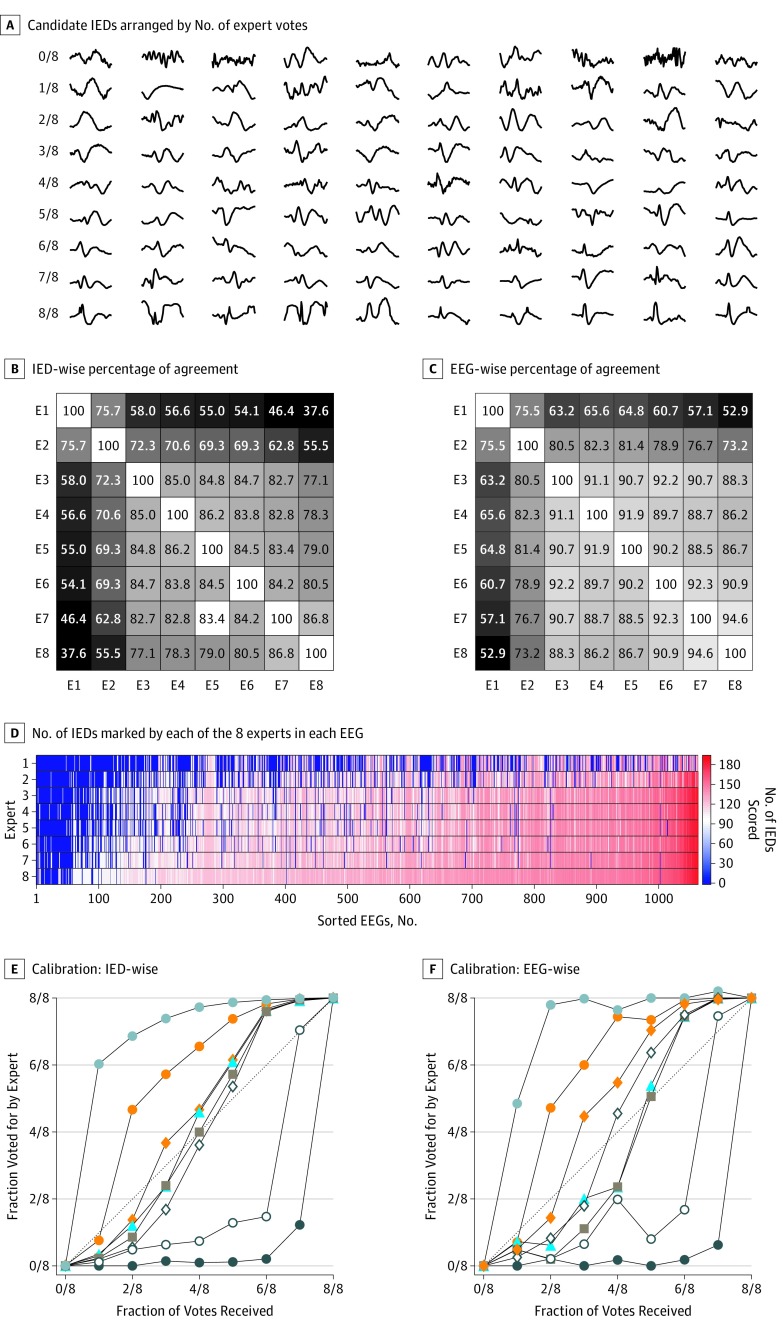Figure 2. Interrater Reliability (IRR) for Interictal Epileptiform Discharges (IEDs) at the Level of Individual IEDs and Entire Electroencephalograms (EEGs).
A, The 8 rows each contain 10 randomly selected samples scored by 8 experts as being IEDs. Qualitatively, expert IRR increases in proportion to the degree that candidate waves exhibit the morphological features of IEDs as defined by IFSECN (International Federation of Societies for EEG and Clinical Neurophysiology) criteria. B, The IED-wise percentage of agreement between pairs of experts. C, The EEG-wise percentage of agreement among pairs of experts. D, The EEGs are arranged in order of the mean number of IEDs marked by all experts, and experts are arranged from top to bottom in order of the total number of IEDs they marked across all EEGs. E and F, The IEDs were binned according to the number of votes (0 through 8) that they received (termed the reference standard). The 8 calibration curves, 1 for each expert, indicate the probability of that expert marking events within a given bin as IEDs. These curves allow assessment of the variation among experts relative to the group consensus.

